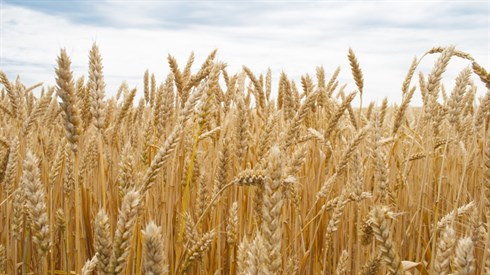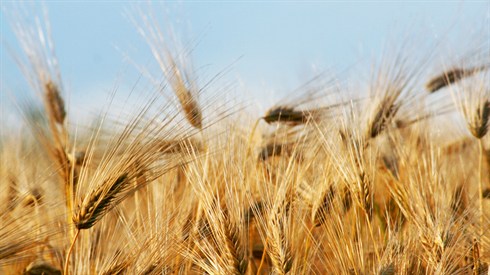- Sections
- Bemare Habazak - Rabbis Questions
10
Answer: I understand that most "insect-free" vegetables are not hydroponically grown but use other methods to minimize the chance of insects. We will discuss the cases of hydroponically grown romaine lettuce, but our main focus will be on the correctness of your assumption that the beracha is Shehakol.
The Yerushalmi (Kilayim 7:6) questions whether one recites Hamotzi on bread made from grain that grew in a flowerpot without holes (atzit she’eino nakuv = ashn). Based on this, the Chayei Adam (I, 51:17) instructs to make Mezonot on such bread, and Shehakol on similarly grown vegetables. The issue is the language of "…min ha’aretz" (from the land) and "pri ha’adama" (fruit of the soil), which may not be sufficiently accurate in these cases. Regarding fruit of a tree that grew in an ashn, he is less sure because perhaps that is still called pri ha’etz. Presumably hydroponic produce is less connected to land/soil than that which grows in an ashn. (Note that there are always nutrients in the water, and in some systems (aggregate), there are elements present that could arguably make it considered watery soil.)
We can question the Chayei Adam’s position based on logic and sources. It is logical to argue that foods are categorized for berachot based on the species’ characteristics, irrespective of the specific item one is eating. Regarding sources, the conclusion of the Yerushalmi (ibid.) is disputable, and a different Yerushalmi (Berachot 6:1) indicates Hamotzi for such bread. It says that whatever food gets Birkat Hamazon after it, gets Hamotzi before it, and the gemara (Berachot 47b) assumes we make Birkat Hamazon after bread that originates from an ashn. This encourages some (see S’dei Chemed VI, p. 279) to make Hamotzi on bread from an ashn, as the Rambam (Berachot 3:11) may imply.
How do we pasken? The Chayei Adam is more equivocal elsewhere (Nishmat Adam II, 152:(1)). Some contemporary poskim instruct to make Ha’adama on hydroponic vegetables (Shevet Halevi I:205), even if hydroponics is common, as long as society views it as grown on the ground (Teshuvot V’hanhagot II:149). Others rule to make Mezonot for bread and Shehakol for vegetables (Machazeh Eliyahu I:25,28; Yechaveh Da’at VI:12 views hydroponics as "worse" than ashn). They reason that not only do these berachot not mention land but they are also b’di’eved catch-all berachot making them preferable due to safek berachot l’hakel (in doubt, we avoid berachot that could be l’vatala). Still, Yechaveh Da’at (ibid.) says that if one does not know how a given vegetable was grown, you assume it is from the majority of vegetables, which are grown in the ground. Also, he says that if one made Ha’adama on a hydroponic vegetable, he would not say Shehakol afterward (as safek berachot l’hakel encourages us here to rely on the beracha that was already made). While we do not take a strong stand, we note that "pri ha’adama" seems a fair description of hydroponic vegetables, even if "min ha’aretz" ( from the land) is not for such bread (Teshuvot V’hanhagot ibid.)

Bemare Habazak - Rabbis Questions (596)
Rabbi Daniel Mann
613 - Ask the Rabbi: Amen on a Non-Beracha
614 - Ask the Rabbi: Halachic Status of Hydroponic Maror
615 - Ask the Rabbi: Indirect Responsibility for Theft
Load More

Ask the Rabbi: Purim Meshulash
Rabbi Daniel Mann | Adar 5785

Tefillin in Pre-Dawn Hours
Rabbi Daniel Mann | Tammuz 13 5776

Shehecheyanu, Clothes, and Renovations During Sefira
Rabbi Daniel Mann

Ask the Rabbi: Erev Pesach That Falls on Shabbat
Rabbi Daniel Mann | Nisan 5785

Rabbi Daniel Mann

Ribbit in a Loan from an Irrevocable Trust Fund
Adar 7 5777

Tazria Metzora Question
5772

Calling a Kohen Who is a Katan
Av 22 5777






